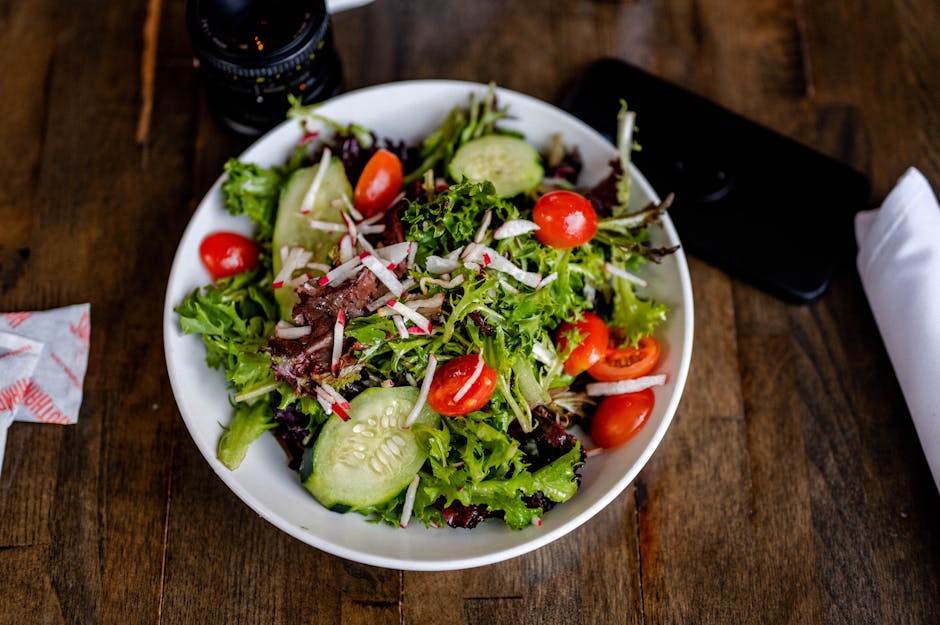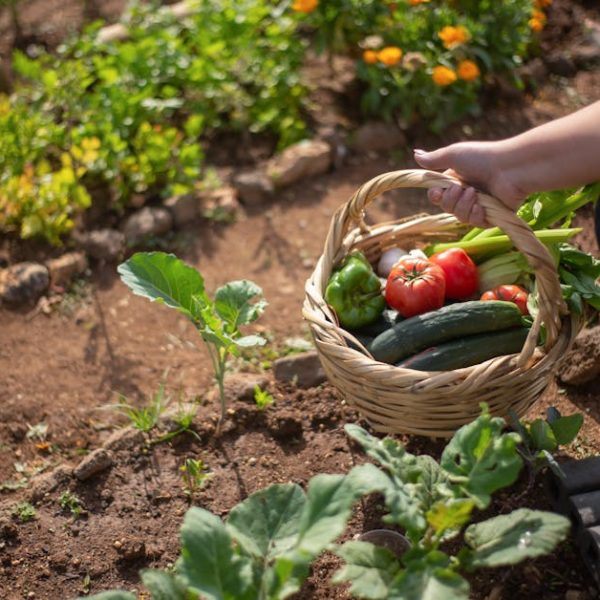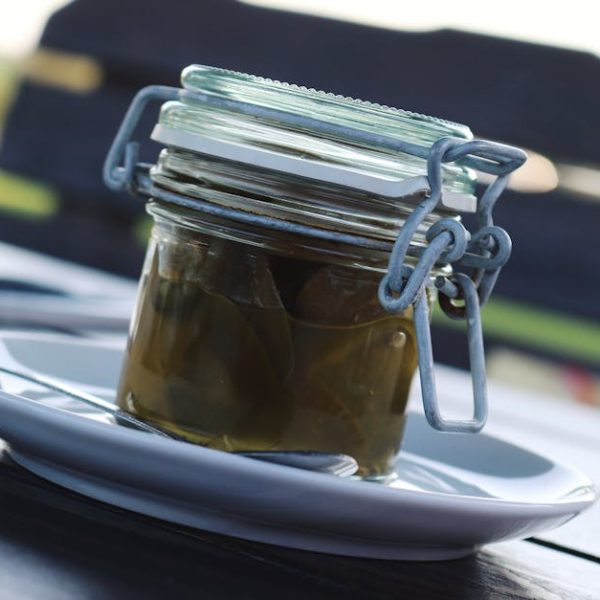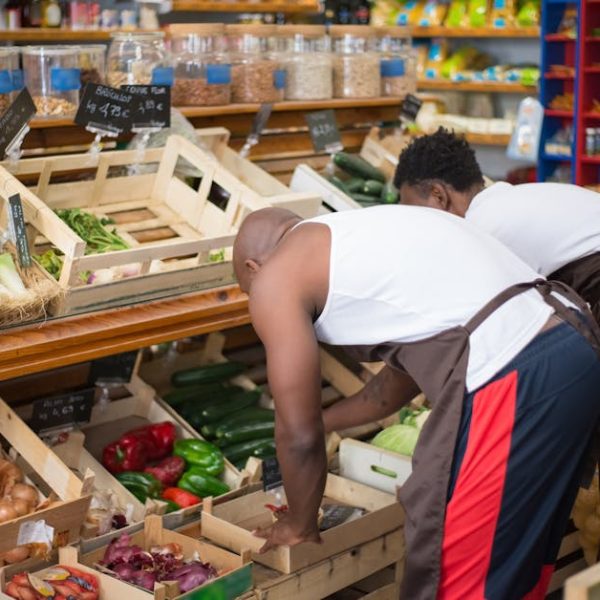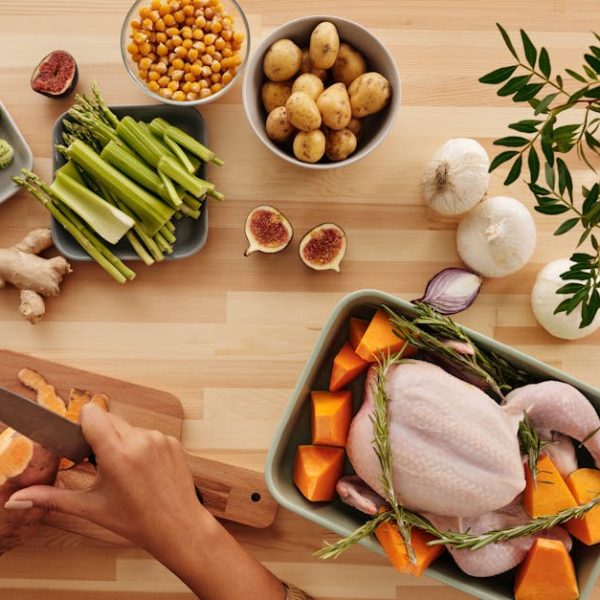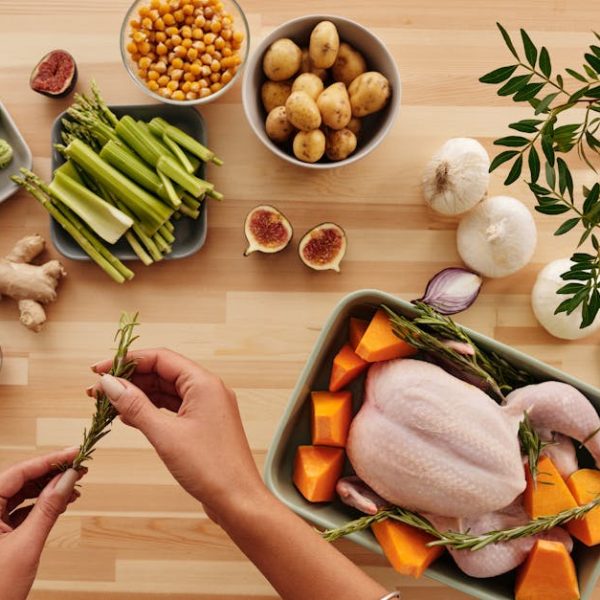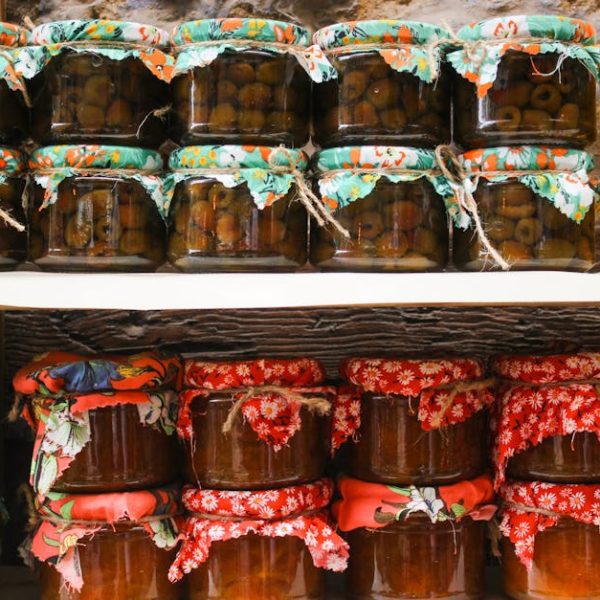Pickling radishes—a time-honored tradition that elevates these bite-sized root vegetables to new culinary heights. Be it for the tangy flavor they release, the lush ruby-red pickle juice they create, or for their incredible health benefits, pickled radishes have been quite a trend in global kitchens.
Understanding the Basics of Pickling Radishes
Pickling, in its simplest terms, is a process that extends the life of vegetables through an immersion in vinegar or brine, which acts as a natural preservative. The process infuses a distinct, tangy flavor into the radishes and delivers a satisfyingly crunchy texture. Loaded with antioxidants, fiber, potassium, and a score of other vitamins and minerals, pickled radishes offer a punch of nutrition along with an explosion of flavors.
To start with, it’s crucial to have on hand a few basic ingredients and equipment: fresh radishes, vinegar, salt, sugar, spices (like mustard seeds, peppercorns, and dill), a knife, a chopping board, and sterilized jars with lids. Here’s a useful checklist:
1. Fresh, Firm Radishes
2. White Vinegar (or any vinegar of your choice)
3. Salt
4. Sugar
5. Spices
Best Practices:
1. Always work in a clean, hygienic space to avoid bacterial contamination. Ensure your jars, lids, bowls, and utensils are thoroughly sterilized.
2. Use quality, fresh radishes. The firm and crispier, the better.
3. Stick to the recommended ratio of vinegar, salt, and sugar (for the brine) to retain the desired crunchiness and flavor.
Choosing and Preparing Radishes for Pickling
Opting for the right radishes makes all the difference. Seek out firm, vibrant radishes, preferably with the leaves intact – it’s a good sign of freshness. Once you have your batch of radishes, a thorough wash under cold water will help remove dirt and grit.
Next comes trimming off the tops and bottoms, followed by slicing. Aim for thin slices – around 1/8 of an inch seems perfect for quick pickling. Those who favor a longer pickling process should opt for thicker slices.
Pro Tips:
Soak radishes in ice water for about 30 minutes after slicing. This helps maintain the crunchiness in the pickling process.
Thinly sliced radishes are best for quick pickle recipes, while thicker slices work well for the pickles meant for long-term storage.
Mastering the Pickling Brine
The brine—the soul of the pickling process—usually includes vinegar, water, salt, and sugar, boiled together till everything dissolves perfectly. The standard ratio involves equal parts of water and vinegar, with salt and sugar added to taste.
The type of vinegar used can significantly influence the flavors, with choices ranging from white to apple cider vinegar, red wine vinegar, and many more. Spices and flavorings can be tailored to individual preferences. Some prefer the simple combo of dill, mustard seeds, and garlic, while others might enjoy the fieriness of red pepper flakes or unique flavors of fennel or coriander seeds.
| Brine Type | Pros | Cons |
|---|---|---|
| Sugar in Brine | Adds a mellow sweetness to the pickles, balancing the tanginess of vinegar. | Not suitable for individuals following a sugar-restricted diet. |
| Sugar-Free Brine | Perfect for individuals on a keto diet or dealing with diabetes. | May result in too sharp or tangy pickles. |
Remember, the art of pickling is all about customization and personal taste, so feel free to experiment with varying levels of sweetness, tanginess, and spiciness until you land upon your own perfect brine blend.
Seven Tips for Perfect Pickled Radishes
Though relatively simple, pickling radishes can turn into an art once you get the hang of it. Here are seven tried-and-true tips to help you achieve that perfect batch:
1. Always opt for fresh, firm, brightly colored radishes.
2. Play around with different types of vinegars and discover your preferred taste.
3. Don’t forget to add herbs and spices – they can remarkably enhance the final product.
4. Keep the brine temperature at a consistent boil when you immerse your radishes.
5. Let your radishes stay in the pickling brine at least overnight, for that great flavor infusion.
6. Seal your pickling jars tight to limit air exposure which can alter taste and texture.
7. Store the pickled radishes in a cool, dark place to keep them crunchy and flavorful for a longer time.
Best Practices:
1. Always let your pickled radishes rest for at least 24 hours before you start consuming them.
2. Regularly check the storage jars for any signs of mold or strange odors – safety first!
3. Don’t reuse the brine – it diminishes with each use, affecting quality.
Three Tasty Recipes for Pickled Radishes
To really bring out the best in your pickled radishes, try these three lip-smacking recipes. They offer a delightful mix of different flavors and nuances that will amaze and satisfy your tastebuds.
1. Basic Pickled Radishes: Start with the basic classic – fresh radishes, white vinegar, sea salt, and sugar. Allow the radishes to sit in the pickling brine for a minimum of 24 hours before they’re ready to enjoy.
2. Spicy Pickled Radishes: Here, the addition of red pepper flakes, mustard seeds, and a hint of garlic adds a whole new heat level that tickles the palate. Let them pickle for a few days for a more pronounced spicy kick.
3. Sweet and Tangy Pickled Radishes: This recipe introduces a sweet twist to the conventional pickling brine by using apple cider vinegar and a generous amount of sugar. Consider combining with beetroot to enhance the sweetness and lend an attractive deep-pink color to the radishes.
Pro Tips:
Play with vinegar, spice, and sugar amounts to suit your taste preferences.
Pickled radishes make for a great addition to salads, burgers, or tacos, and are fantastic as a side dish or a snack on their own.
In a nutshell, pickling radishes is not just a great way to extend their shelf life; it’s a chance to get creative in the kitchen. It’s an adventure where you can experiment with flavors and textures, reap nutritional benefits, and add zing to your everyday meals. All you need to remember is to keep it fresh, maintain the right balance in the brine, and practice patience in the pickling process. So get pickling and savor the tangy, crunchy delight that is pickled radishes!
Key Takeaway:
- Pickling is an effective way to extend the shelf-life of radishes, while enhancing their flavor and nutritional profile.
- Maintaining cleanliness, using fresh radishes and sticking to the right ingredient ratios are key to successful pickling.
- The choice of radishes, vinegar types, and the thickness of radish slices can impact the outcome of pickling.
- The pickling brine is a crucial aspect, with variations in recipes using different types of vinegar, spices and sugar levels to create unique flavors.
- Brine selection can be important based on dietary requirements, such as sugar-free brine for diabetic or keto diet followers.
- Patience is needed in the pickling process, with radishes requiring at least a day in brine for enhanced flavor.
- There are several recipes and variations available for pickled radishes, catering to different tastes.
Keep exploring the art of pickling and have fun experimenting with different ingredients and flavors. Always remember to prioritize freshness and correct quantities in your pickling journey. Whether you have been pickling for ages or are just beginning to dip your toes, the process should always be enjoyable and the results, utterly delectable.
FAQs
Q: Can you reuse the brine used for pickling radishes?
A: It’s generally not recommended to reuse brine as it loses its effectiveness with each use, potentially affecting the taste and quality of your pickled radishes.
Q: Are pickled radishes suitable for diabetic or keto diet followers?
A: Yes, they can be suitable if you choose to make them using a sugar-free brine, which would not raise blood sugar levels.
Q: What are the health benefits of pickled radishes?
A: Pickled radishes are loaded with antioxidants, fiber, potassium, and numerous other vitamins and minerals, making them a healthy addition to your diet.
Q: How long do pickled radishes last?
A: When stored properly in the refrigerator, pickled radishes can last for up to a month.
Q: Can pickled radishes be used in other recipes?
A: Absolutely! Pickled radishes can be a great addition to salads, burgers, tacos and look fantastic as a side dish or a snack.
Finally, don’t forget to share this article with others who might find it helpful, and feel free to explore more tips and articles on this website.
